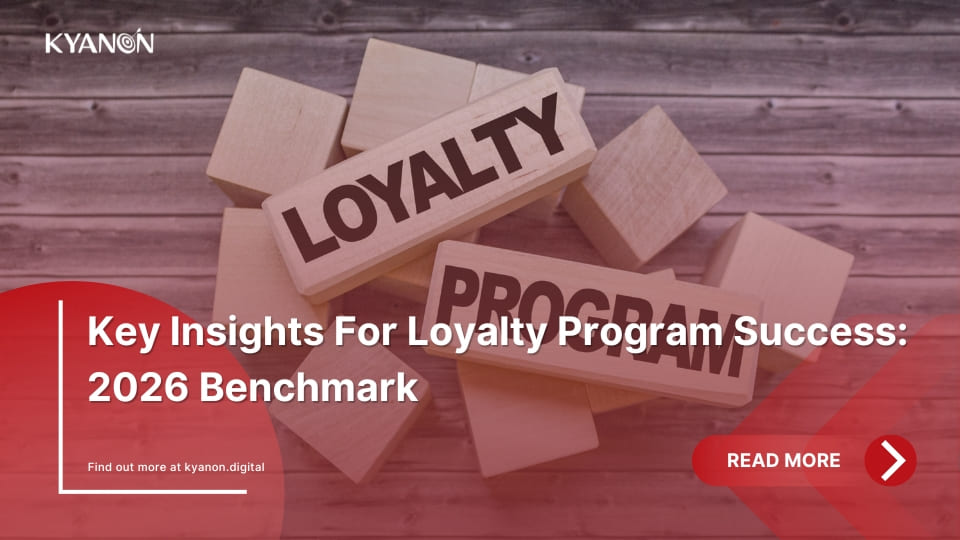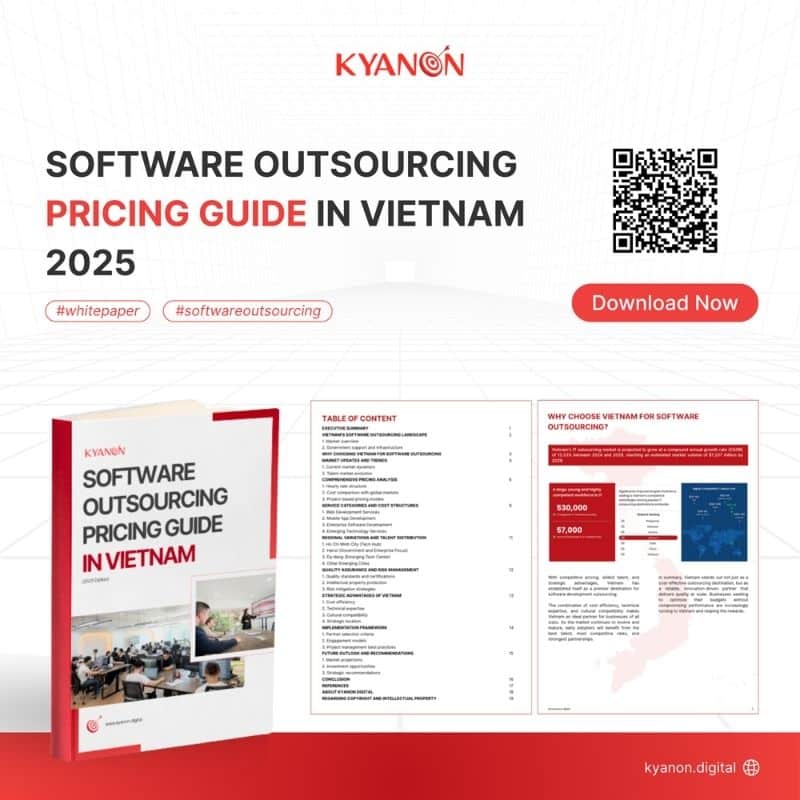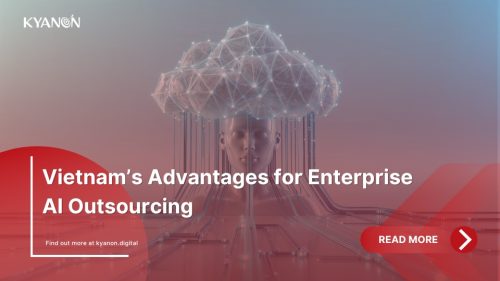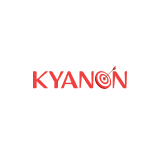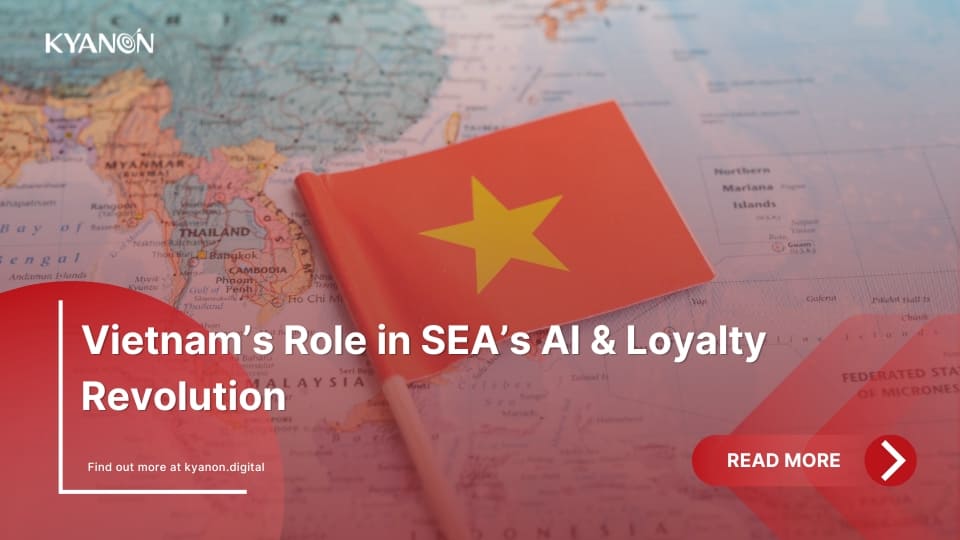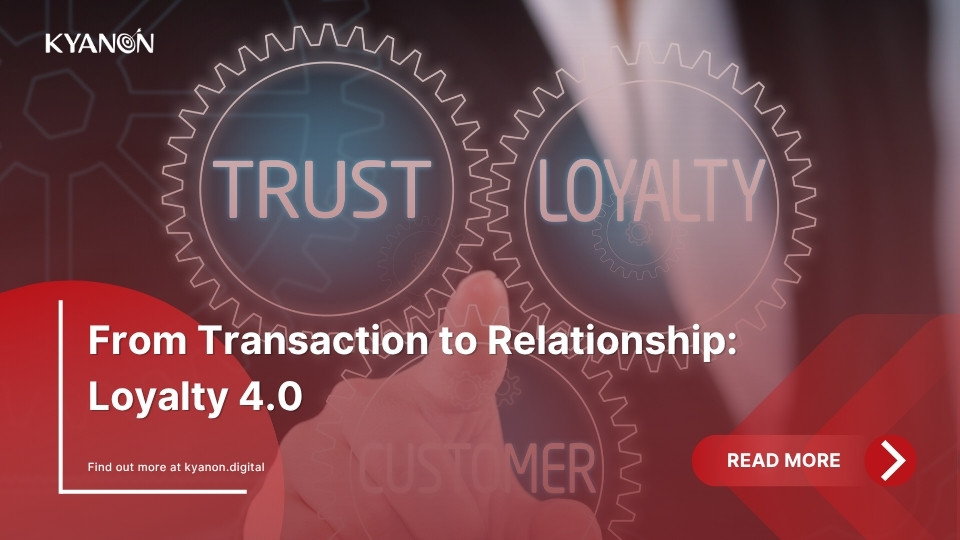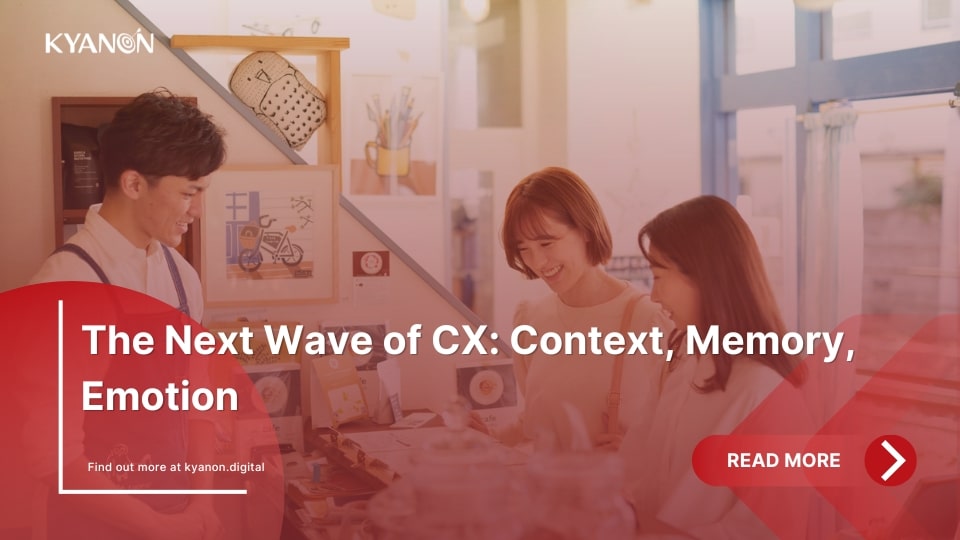Customer loyalty is no longer just a marketing metric – it’s a growth engine. However, many brands still struggle to define what loyalty success truly looks like or how to measure its ROI with confidence. The Loyalty Program Benchmark Report 2026 by Open Loyalty brings clarity to that challenge, combining insights from 230 loyalty professionals across 30+ countries to reveal how leading organizations track engagement, retention, and financial impact.
This report offers data-backed benchmarks and practical guidance to evaluate your program’s performance. Explore the key findings below to discover how your loyalty strategy compares and where to improve next.
Key Takeaways
- Loyalty is now a growth engine, not just a marketing tool. Mature programs balance financial performance with personalization and purpose, turning loyalty into a driver of sustainable business growth.
- Technology gaps and data fragmentation remain the biggest barriers to scalable personalization.
- Leadership alignment and ROI visibility are essential to securing long-term investment.
- Many brands face an “engagement cliff”, requiring gamification and emotional value to sustain participation.
Further reading:
- Top 8 Reasons To Outsource Loyalty Program To Vietnam
- Customer Loyalty Platform Transformation for Retail Brand
- Digital Rewards & Customer Loyalty Platform for Banking
- A Practical Guide To Food And Beverage Loyalty Programs

How loyalty professionals define success
The Loyalty Program Benchmark Report 2026 reveals that most organizations now view success through measurable business outcomes rather than vanity metrics, linking loyalty performance directly to retention, revenue and long-term customer value.
Key success metrics that matter
Loyalty leaders are adopting a data-driven approach to measure performance across multiple dimensions:
- Engagement and participation are the most common benchmarks, tracked by nearly 60% of programs.
- Financial impact, including sales contribution and revenue uplift.
- Customer Lifetime Value (CLV) and retention rates are recognized as core indicators of sustainable loyalty growth.
From engagement to ROI: A shift in focus
While engagement remains a leading health indicator, loyalty professionals are increasingly emphasizing ROI and measurable loyalty program benchmarks. Programs that connect participation data to tangible business results such as average order value, purchase frequency, or reduced churn are better positioned to secure leadership buy-in and justify continued investment.
This shift underscores a broader trend: Loyalty is no longer just about keeping members active, but about proving its direct contribution to overall business performance.
Transform your ideas into reality with our services. Get started today!
Our team will contact you within 24 hours.
The top loyalty challenges
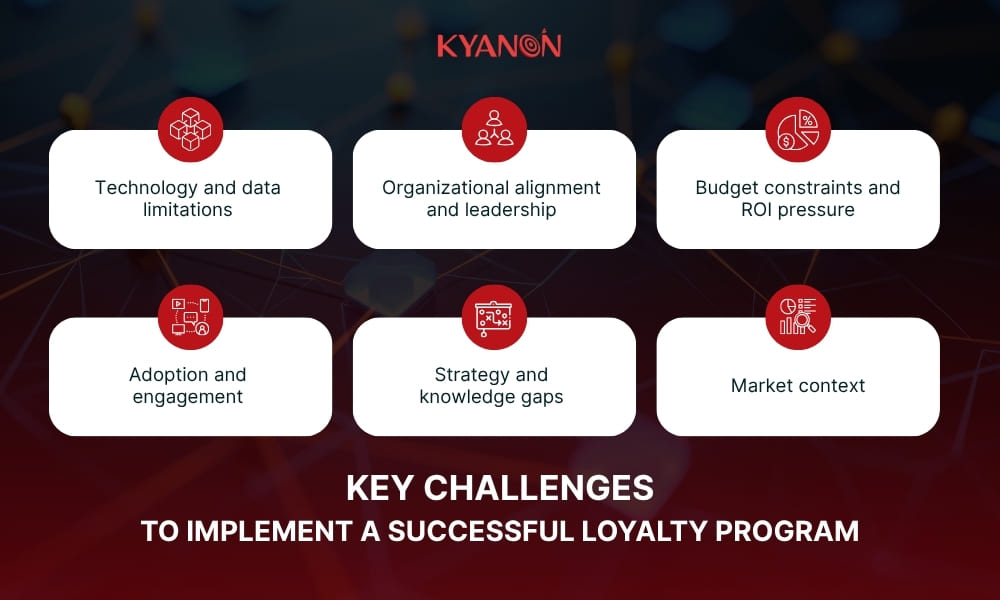
Technology and data limitations
For many organizations, technology remains the single most significant roadblock to loyalty success. Fragmented POS, CRM and data systems prevent brands from building a unified customer view or executing real-time personalization. Poor data quality and heavy reliance on IT resources further limit agility.
Programs that invest in flexible, API-first platforms and unified data pipelines can unlock scalable personalization and deliver more relevant, omnichannel experiences, which defines a clear differentiator for businesses.
Organizational alignment and leadership
Even with advanced tools, internal alignment often determines whether loyalty strategies succeed or stall. The report highlights siloed departments, lack of executive sponsorship and limited cross-functional collaboration as critical obstacles. Without shared KPIs and C-level support, loyalty initiatives risk being viewed as marketing experiments rather than strategic business drivers.
Forward-thinking organizations are addressing this by establishing cross-departmental governance and embedding loyalty goals into overall business objectives.
Budget constraints and ROI pressure
Funding constraints, increasing operational costs and long payback timelines make it difficult to sustain loyalty investment. Many leaders still see loyalty as a cost center due to unclear ROI attribution.
The Loyalty Program Benchmark Report 2026 advises starting with pilot programs that deliver quick wins (uplift in repeat purchase rate, incremental revenue per member…) to build confidence and justify larger budgets over time.
Adoption and engagement
Driving initial sign-ups is rarely the problem; maintaining active engagement is. Many brands struggle to motivate members beyond enrollment, leading to inactive databases and poor redemption rates. This “engagement cliff” often stems from uninspired rewards, complex program rules or limited personalization.
Programs that integrate gamification, emotional value and clear onboarding flows achieve stronger member participation and advocacy.
Strategy and knowledge gaps
A recurring theme across responses is the lack of specialized loyalty expertise within organizations. Many teams lack a clear framework or access to best practices, resulting in inconsistent execution.
The report recommends upskilling loyalty teams and benchmarking against industry leaders to improve design, analytics and measurement maturity. Treating loyalty as a science, not just a campaign to close the gap between potential and performance.
Market context
External factors such as market saturation, multi-brand complexity and regulatory challenges add another layer of difficulty. As consumers are bombarded with multiple loyalty options, differentiation becomes harder to sustain. Successful programs will be those that balance competitive incentives with authentic brand values and adapt their models to local markets without losing strategic consistency.
Loyalty benchmarks by industry and program size
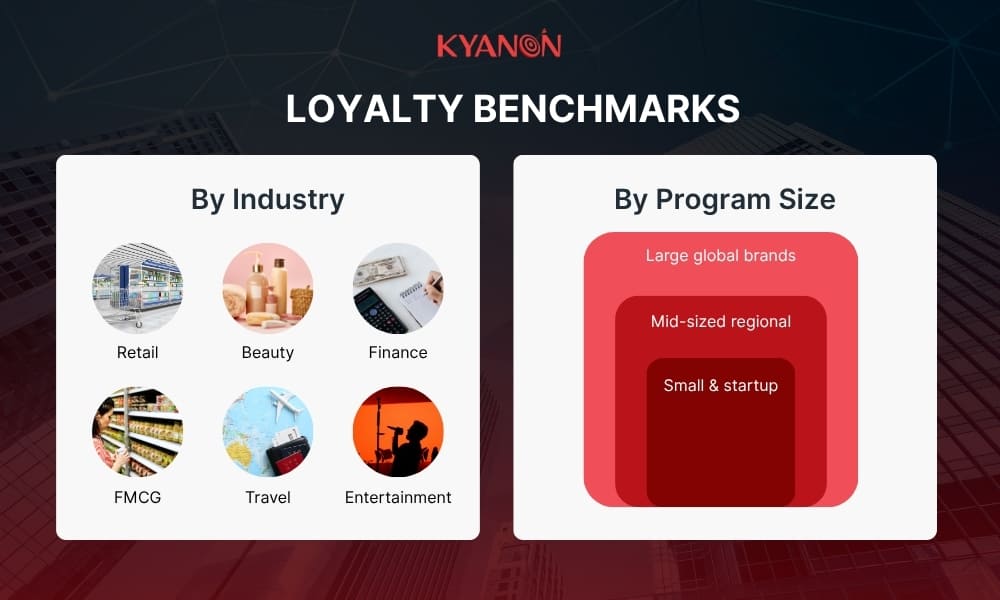
The Loyalty Program Benchmark Report 2026 uncovers clear patterns in how different industries and organizations define and measure loyalty success. Understanding these benchmarks allows loyalty leaders to set realistic goals and evolve loyalty programs.
Benchmarks by Industry
Each sector approaches loyalty with unique priorities, challenges and levels of sophistication.
- Retail brands anchor their programs on customer value and purchase frequency, yet continue to struggle with technology modernization and data integration.
- Beauty and personal care companies emphasize retention and lifetime value (CLV), but personalization gaps and internal misalignment often limit scale.
- Financial services focus heavily on customer retention and churn reduction, facing pressure to justify ROI and navigate compliance-heavy environments.
- FMCG, Travel, and Healthcare sectors cluster around engagement and participation metrics, using loyalty as a lever for repeat purchases and brand affinity.
- In emerging industries like QSR and Entertainment, programs remain experimental, success often depends on adoption rates and budget flexibility rather than long-term KPIs.
Across industries, one insight stands out: Mature loyalty programs balance transactional performance with emotional engagement, linking program outcomes directly to measurable business value.
Benchmarks by Program Size
Loyalty program performance also varies significantly by organizational scale.
- Large global brands tend to define success by customer lifetime value (CLV) and total revenue contribution. Their biggest challenge is sustaining engagement at scale across multiple regions and customer segments.
- Mid-sized regional programs place engagement and member activity at the heart of success. However, internal alignment remains their biggest barrier, as marketing, IT and business units often operate with different KPIs.
- Small and startup programs are typically ROI-focused, aiming to demonstrate short-term financial results. Limited budgets and fragmented systems restrict their ability to integrate advanced loyalty technologies or gamified features.
Strategic recommendations for loyalty leaders

The Loyalty Program Benchmark Report 2026 provides a practical roadmap for loyalty professionals seeking to move beyond short-term engagement and build data-driven, financially accountable programs. By analyzing the performance gaps across industries and program sizes, the report distills actionable insights to help leaders strengthen their loyalty strategy.
- Define success with measurable KPIs: Vague goals like “better engagement” are no longer enough. Loyalty success must be grounded in quantifiable metrics that reflect business impact such as revenue uplift, repeat purchase frequency or churn reduction.
- Build technological agility: Modern loyalty programs depend on flexible, scalable infrastructure. Many organizations still rely on outdated systems that hinder personalization and real-time response.
- Embed personalization and omnichannel integration: Customers now expect loyalty experiences that feel effortless and relevant. Personalization is no longer a differentiator, nowadays it’s a baseline expectation.
- Strengthen leadership alignment and governance: Without executive sponsorship, loyalty often fails to gain strategic traction. Cross-functional alignment is as critical as technology.
- Evolve with market and customer dynamics: The loyalty landscape is shifting under the influence of inflation, digital transformation and changing consumer values. To remain competitive, programs must stay adaptable.
Conclusion: Loyalty in 2026 and beyond
Customer loyalty has evolved from a marketing afterthought into a measurable growth engine. Top-performing brands now define loyalty success through data-backed outcomes such as Customer Lifetime Value (CLV), retention and revenue uplift. For loyalty professionals, CRM managers and marketing strategists, the Loyalty Program Benchmark Report 2026 serves as both a benchmark and a blueprint for building customer relationships that deliver tangible business impact.
Download the full report to access global benchmarks, actionable insights and expert recommendations to see where your loyalty strategy stands. For more digital transformation initiatives, contact Kyanon Digital to bring your idea into action.

